Meet Kimin Kim | Painter

We had the good fortune of connecting with Kimin Kim and we’ve shared our conversation below.
Hi Kimin, why did you decide to pursue a creative path?
The ongoing emotions and struggles that occur while pursuing creative practice have been the biggest drawing force, as this way of working chose me as a painter. From early on, I was drawn to the areas that don’t have easy answers, the vague spaces between language, and the metaphors we carry on. Painting became where I could investigate all that clearly in visual language. Over time, it stopped being something I did on the paper or canvas and became how I process experience, memory, and presence.
My creative research and work often explore how perception is shaped—how we understand ourselves, others, and the environments we move through. I’m interested in the edges of visibility, the role of memory, and the overlays between what’s felt and what’s seen. A creative path allows me to stay in that space of self-questioning to resolve it into something revalued.
Art practice gives me the tools to make abstract ideas visible, to challenge narratives, and to offer alternatives—sometimes subtle, sometimes not. That’s why I am drawn to this force. Not because it’s easy or comfortable, but because it keeps me in a state of consistency, keeping me asking questions.
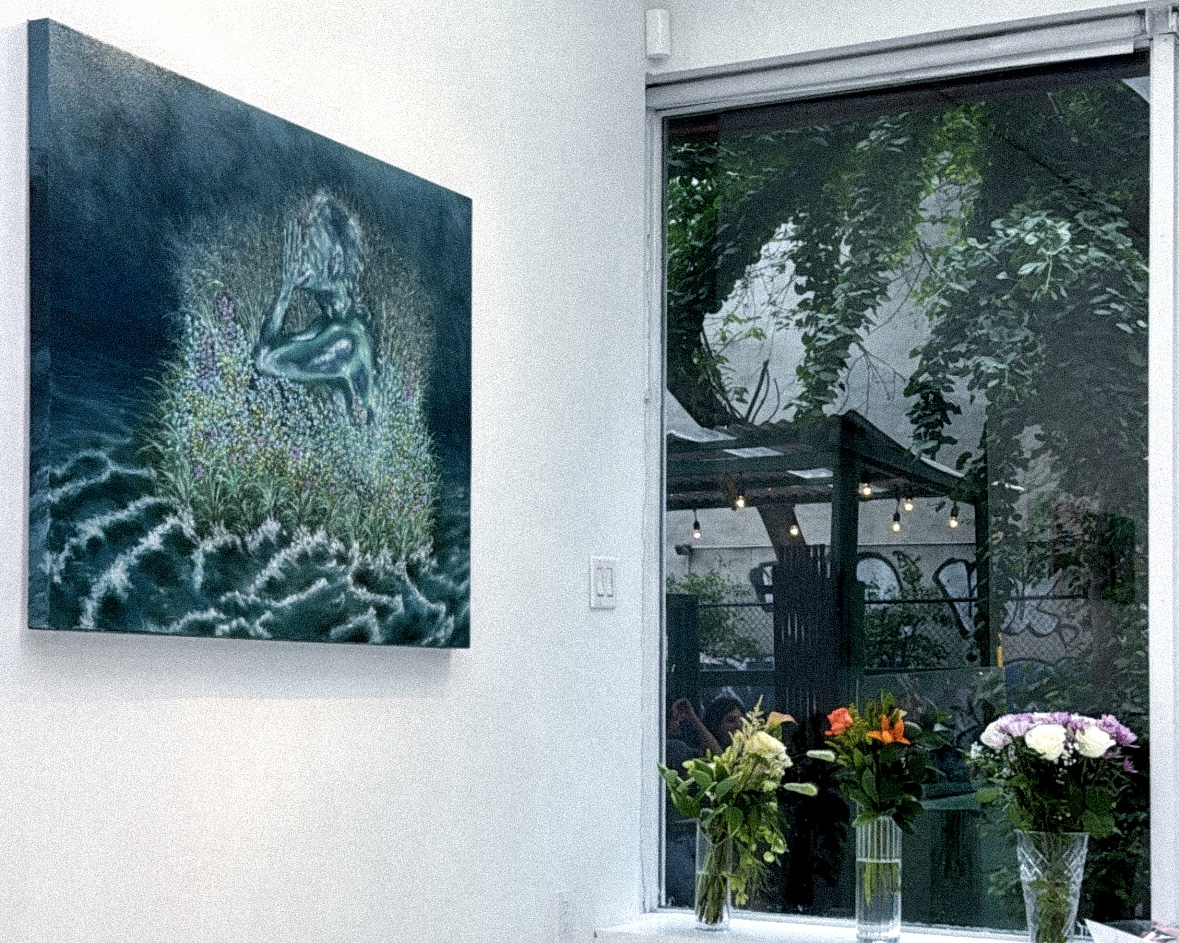
Can you open up a bit about your work and career? We’re big fans and we’d love for our community to learn more about your work.
My painting echoes around the intersection of botanical symbolism, historical memory, and the ritualized navigation of grief. I investigate the multi-layered role of floral—as vessels of cultural memory and as metaphors for mourning—while engaging with the complexities of Han. ’
This Korean ethos is a transmissible social construct that embodies the grief of the historical memory of past collective trauma, manifesting its significance as an experience shaped by history, power, and resilience. By deconstructing its colonial origins as a racialized stereotype, my practice situates Han as a site of transformation.
Rooted in the literary metaphoric techniques from 20th-century Korean poetic anthologies, I associate painting with an intuitive longing for relief. I convert mark-making into a ritualized exploration of grief and the emotional resonance of cultural memory by engaging flora as both symbolic vessels and ritualized objects, drawing on their presence in Korean shamanic ceremonies, funerary traditions, and ancient tombs where petals accompanied the dead.
Getting to where I am now wasn’t straightforward. I believe there’s no clear path for this kind of work, especially when it doesn’t fit into categories. I’ve had to navigate invisibility, self-doubt, and the pressure to sustain my practice. But I’ve learned to protect the pace and integrity of my process. I’ve learned that clarity isn’t always the goal—sometimes opacity, ambiguity, or fragmentation could be the healthy forms of stability, and what I’m most proud of is that the work remains coherent to that.
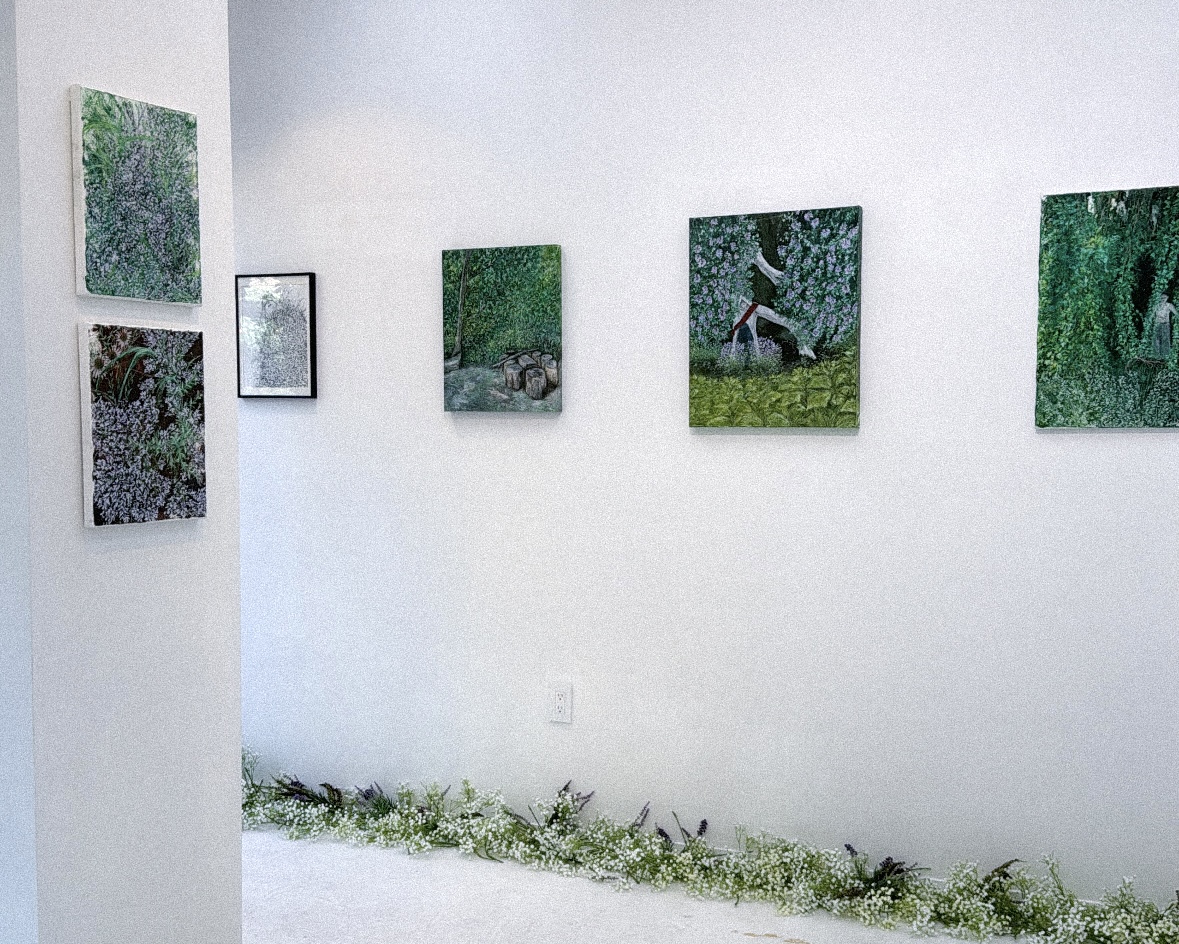
Let’s say your best friend was visiting the area and you wanted to show them the best time ever. Where would you take them? Give us a little itinerary – say it was a week long trip, where would you eat, drink, visit, hang out, etc.
If my best friend were coming to New York, I would plan the trip around rhythmic experience—moments of stillness balanced with the concrete jungle. One of the places I’d take them is the High Line, which can be very touristic, but is one of my favorite places to be in this city. As designed by famous garden designer Piet Oudolf, you can see the vast amount of perennials that cut throughout the whole Chelsea area, with fantastic views in beautiful weather. From there, we’d drift into Chelsea galleries, where the most prominent and influential art galleries are centered, and we can spend the whole day roaming around. The rest of the areas would be similar. New York has amazing museums and galleries around the city, along with beautiful gardens and parks that can be followed with. I’d want them to feel that New York isn’t just fast, it has glimpses of softness if you know where to look.
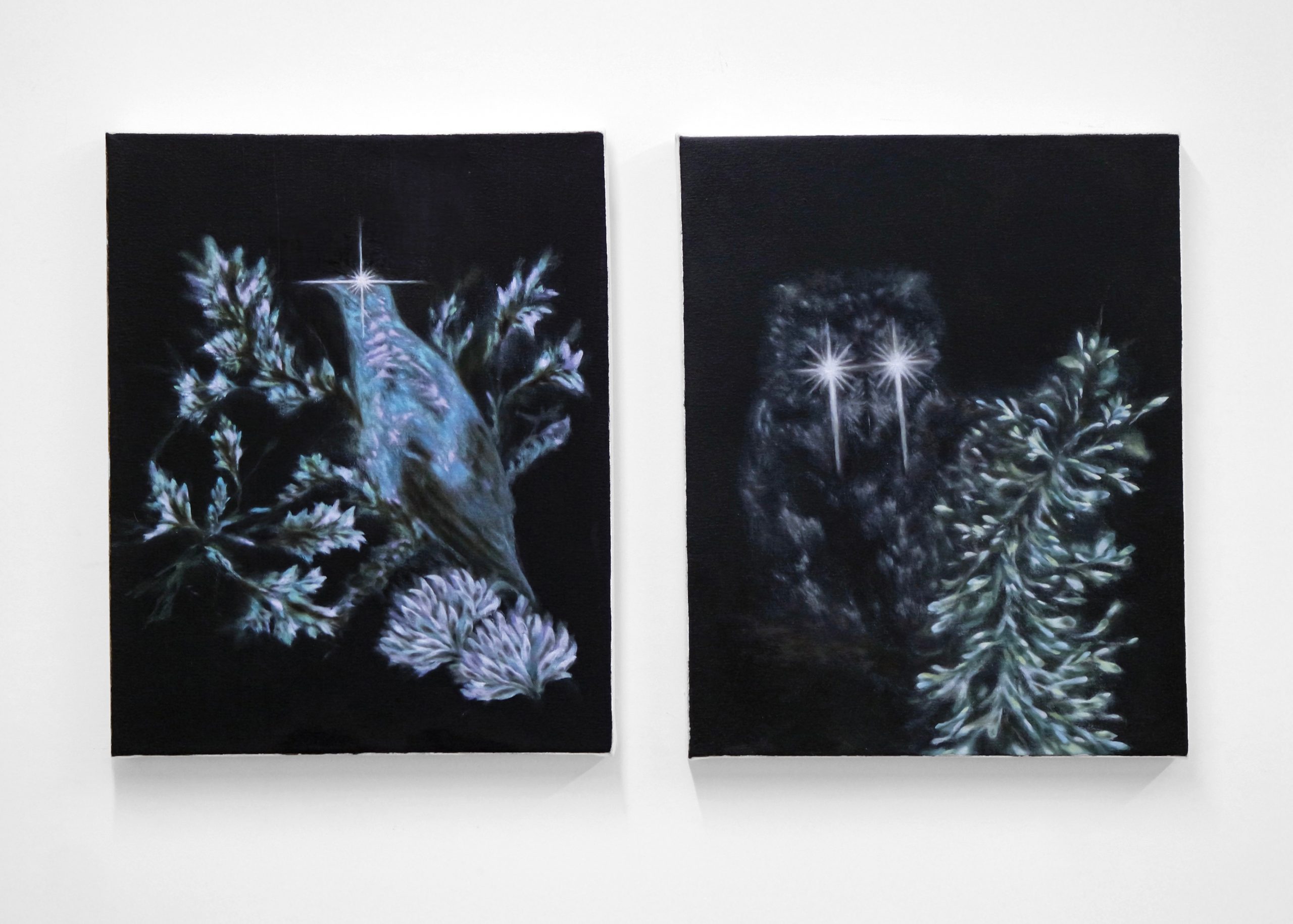
Who else deserves some credit and recognition?
There’s no way I got here alone. Honestly, this shoutout deserves to go to a layered mix of people and spaces that shaped how I perceive and create. First, my family, especially those who never fully understood what I was doing, supported me anyway, and they still are. That massive kind of love matters more than it gets credit for.
Then, my friends around me in the city working in a similar creative field—those conversations and critiques challenged me to expand deeper instead of playing it safe zone in my art practice. I’m grateful for the moments that are shared throughout the college years and still maintained after graduation and moving into the city.
And there’s something else I always return to: the 20th-century Korean poems, which I grew up with and keep revisiting to get inspiration all time. The language in those poems holds implication—there’s a subtle resilience in the way they move through words. They’ve shaped my understanding of history, memory, and how to represent without overexplaining. Those literatures made me to sit with subtlety, to let ambiguity reside in my works.
Website: https://kiminkim.cargo.site/
Instagram: https://www.instagram.com/kiminii__/
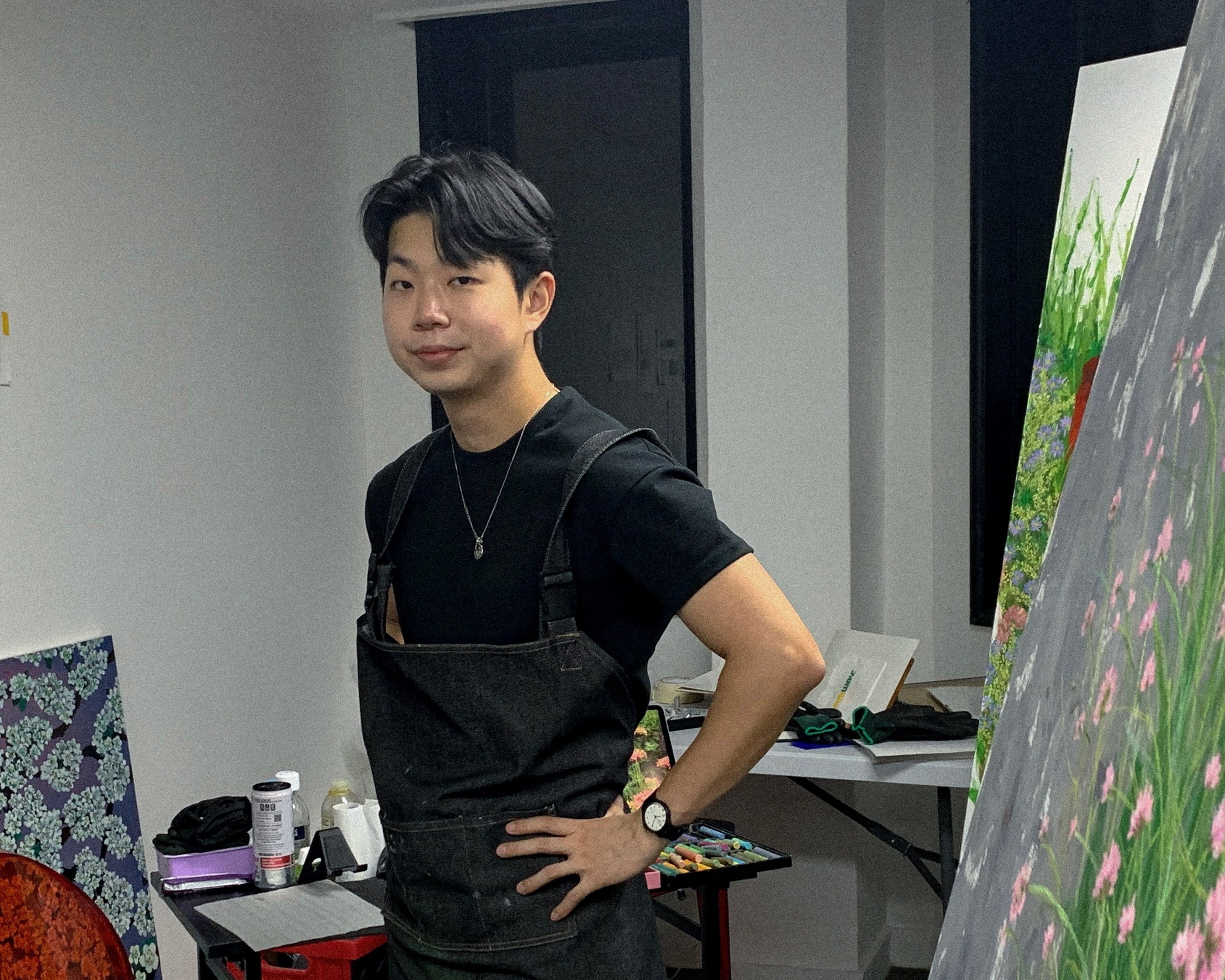

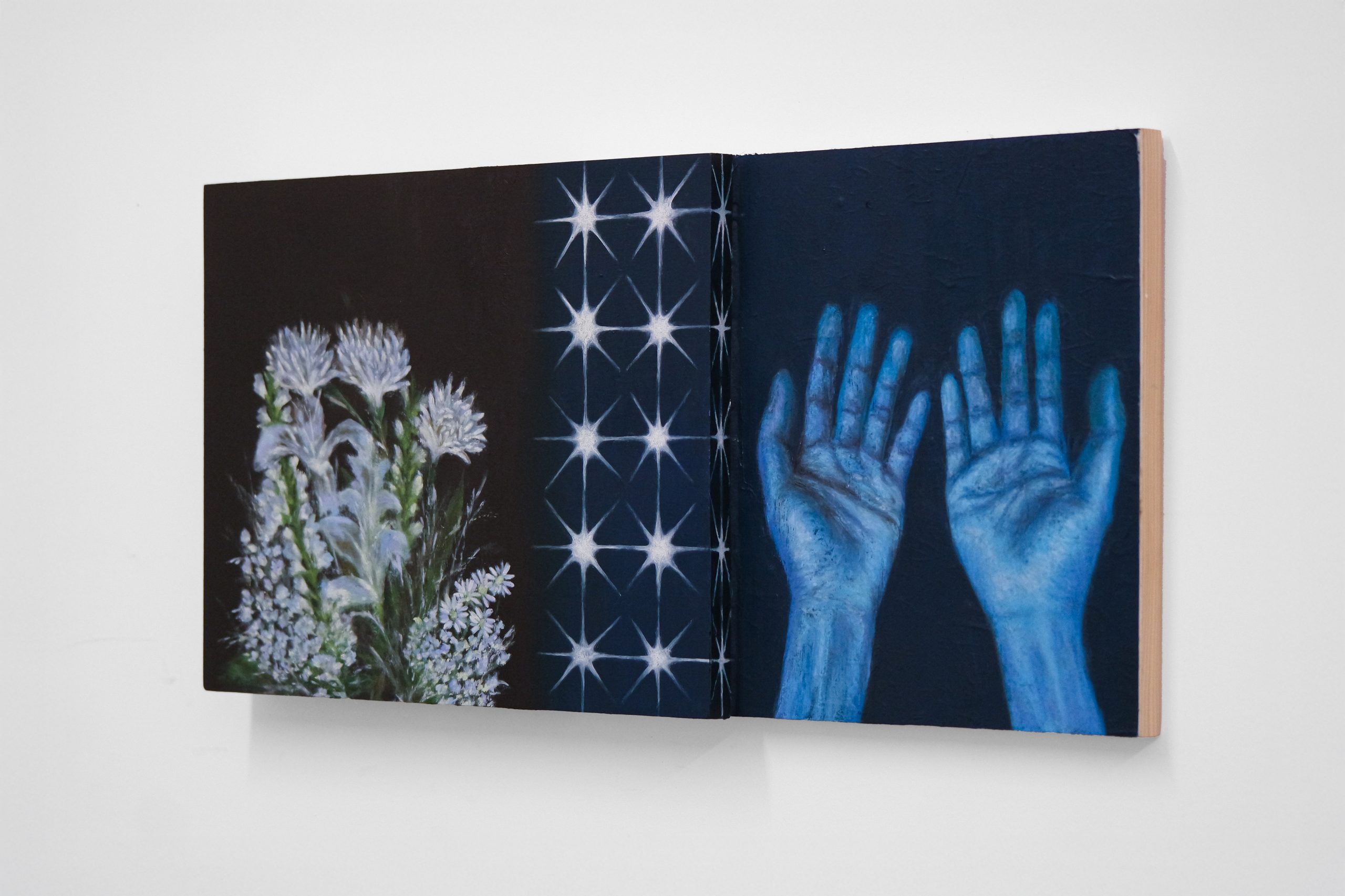
Image Credits
no other info
